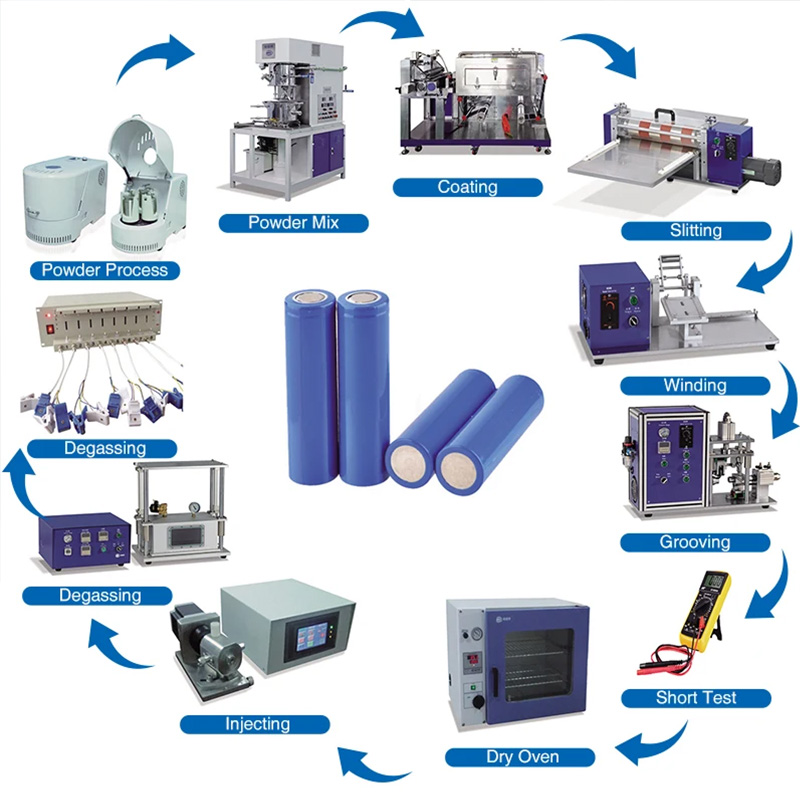bottom seal strip
Understanding Bottom Seal Strip Importance, Types, and Applications
Bottom seal strips are essential components in various industries, primarily known for their role in enhancing the performance and efficiency of doors and windows. These strips, typically made from flexible materials such as rubber or foam, are installed at the bottom edge of doors and windows to provide a reliable seal. This article delves into the importance of bottom seal strips, the different types available, and their various applications.
The Importance of Bottom Seal Strips
The primary function of a bottom seal strip is to create a barrier that prevents air, dust, water, and noise from entering a space. This sealing capability is crucial for maintaining indoor air quality, temperature control, and overall energy efficiency. By minimizing drafts and leaks around doors and windows, bottom seal strips can significantly reduce heating and cooling costs, leading to considerable energy savings. Moreover, they protect interiors from moisture and pests, contributing to a healthier living or working environment.
In addition to these functional benefits, bottom seal strips also enhance the aesthetic appeal of doors and windows. They provide a finished look, hiding any gaps that may detract from the overall appearance of the installation. This dual functionality makes them an integral component in both residential and commercial settings.
Types of Bottom Seal Strips
Bottom seal strips come in various types, each designed for specific applications and environmental conditions. The most common types include
1. Rubber Seal Strips These are durable, flexible strips that offer excellent sealing properties. They are resistant to weather changes and tend to last longer than other materials, making them ideal for exterior doors.
2. Foam Seal Strips Made from closed-cell foam, these strips provide good insulation and soundproofing capabilities. They are lightweight and easy to install, making them popular for residential use.
bottom seal strip

3. Metal Thresholds with Seal Strips These combinations provide a robust solution for heavy-duty applications. The metal ensures durability, while the attached seal strip offers effective sealing against air and moisture.
4. Vinyl Seal Strips Resistant to moisture and UV light, vinyl seal strips are great for areas with high humidity or direct sunlight. They are often used in patios and poolside settings.
5. Magnetic Seal Strips These strips contain magnets that create a strong seal, commonly found in refrigerator and freezer doors, ensuring they remain tightly closed.
Applications of Bottom Seal Strips
Bottom seal strips are utilized across various industries, including residential construction, commercial facilities, refrigeration, and automotive sectors. In residential construction, they are commonly found in front, back, and garage doors, enhancing energy efficiency and comfort in homes. In commercial facilities, businesses often use these strips in high-traffic areas to minimize noise and improve climate control.
In the refrigeration industry, bottom seal strips are critical for maintaining the integrity of temperature-sensitive environments. They ensure that cool air remains inside, preventing energy wastage and preserving product quality. Automotive manufacturers also utilize bottom seal strips in vehicle doors and windows to ensure airtight sealing against weather elements and road noise.
Conclusion
Bottom seal strips are a small but crucial component that plays a significant role in the efficiency, comfort, and aesthetics of buildings and vehicles. From enhancing energy efficiency to providing protection against external elements, their benefits are undeniable. By understanding the different types of bottom seal strips and their applications, property owners and manufacturers can make informed choices that enhance performance while minimizing energy costs. As technology continues to advance, we can anticipate more innovative sealing solutions that further optimize the functionality and longevity of this essential product.
Share
-
The Best Lubricants for Aluminum Roller GuidesNewsJul.23,2025
-
Slitting Machine Applications in the Packaging IndustryNewsJul.23,2025
-
Rolling Roller Balancing Techniques for Smooth OperationNewsJul.23,2025
-
How To Optimize An EV Battery Assembly LineNewsJul.23,2025
-
Energy Efficiency in Modern Battery Formation EquipmentNewsJul.23,2025
-
Automation Trends in Pouch Cell Assembly EquipmentNewsJul.23,2025







